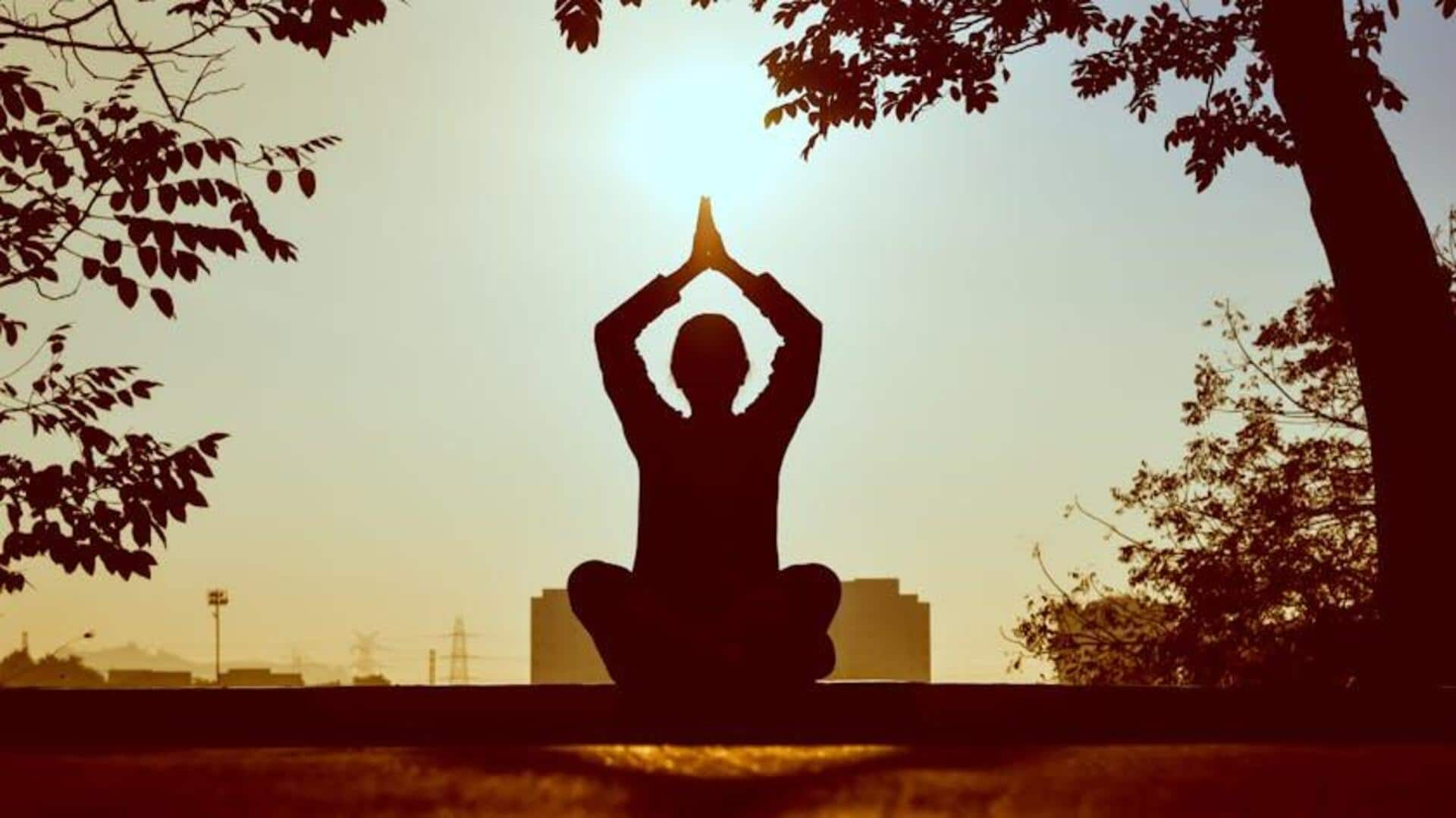
Yoga v/s tai chi: Which makes you more flexible?
What's the story
Yoga and tai chi are two of the most ancient practices that can benefit you in terms of relaxation and flexibility. Both have become popular around the globe for their holistic health and wellness approach. While the two share a few similarities, each has its own unique attributes that target different needs and preferences. Here's how the two differ from each other.
Stretching techniques
Yoga's focus on flexibility
Yoga is famous for its focus on flexibility through different stretching techniques. The practice consists of a series of poses, or asanas, meant to stretch muscles, improve mobility of joints, and promote better body alignment. With regular practice, you would find yourself more flexible in your spine, hips, shoulders, etc. The focus on stretching not just makes you physically flexible, but also releases tension stored in muscles.
Flowing sequences
Tai chi's gentle movements for relaxation
Tai chi is known for its gentle flowing movements that encourage relaxation. Frequently referred to as meditation in motion, it consists of a series of slow, mindful moves paired with deep breathing. These moves calm the mind while enhancing balance and coordination. The meditational quality of tai chi makes it a great pick for those wanting to relieve stress without too much physical strain.
Pranayama practices
Breathing techniques in yoga
Breathing techniques are an integral part of Yoga, thanks to pranayama. These exercises involve controlled patterns of breathing that improve lung capacity, intake of oxygen, and sharpen the mind. By focusing on the control of breath during yoga sessions, one can reach deeper states of relaxation while aiding cardiovascular health.
Harmonizing energy
Mind-body connection in tai chi
Tai chi focuses on harmonizing energy within the body through mindful movement patterns called forms or sets. Practitioners concentrate on cultivating internal energy flow called qi, which enhances vitality over time when practiced regularly with proper technique under guidance from experienced instructors who understand traditional principles behind this art form originating from China centuries ago.